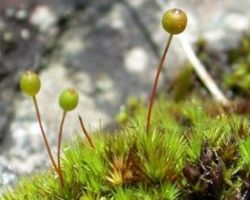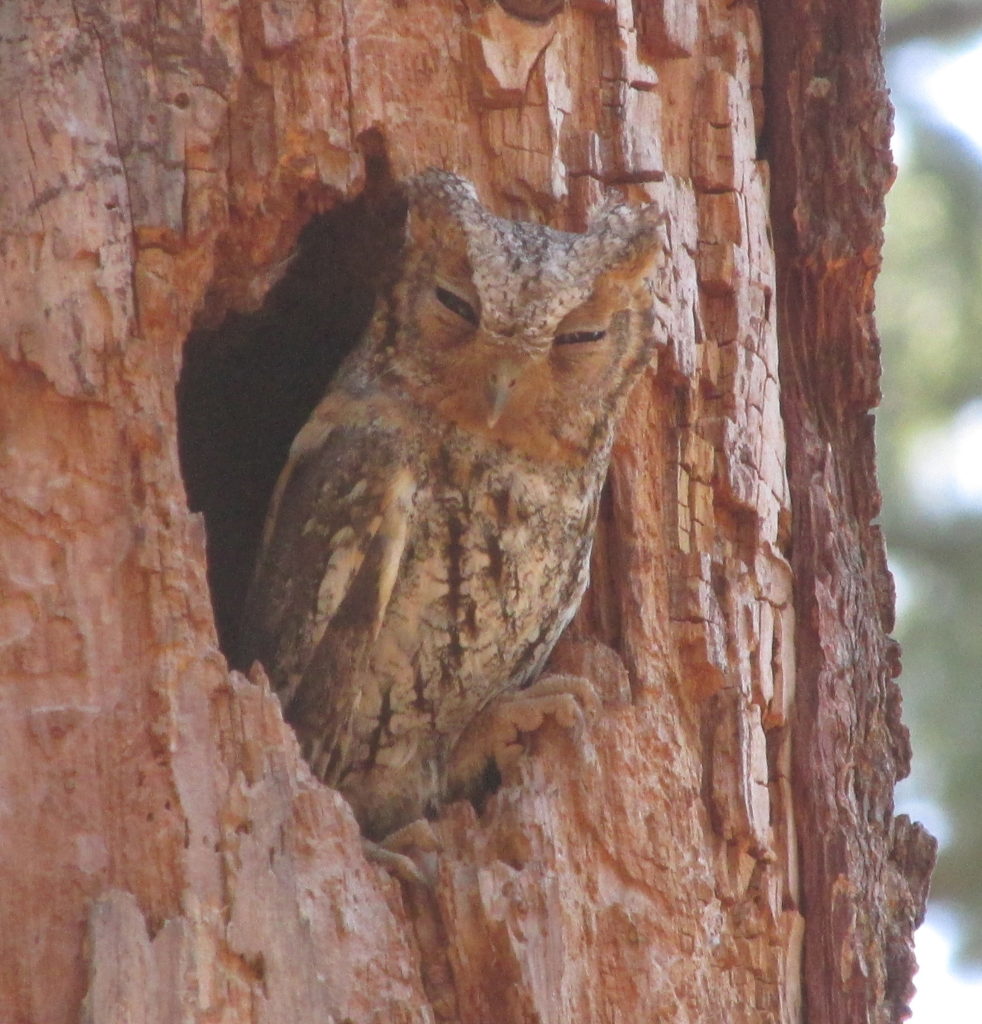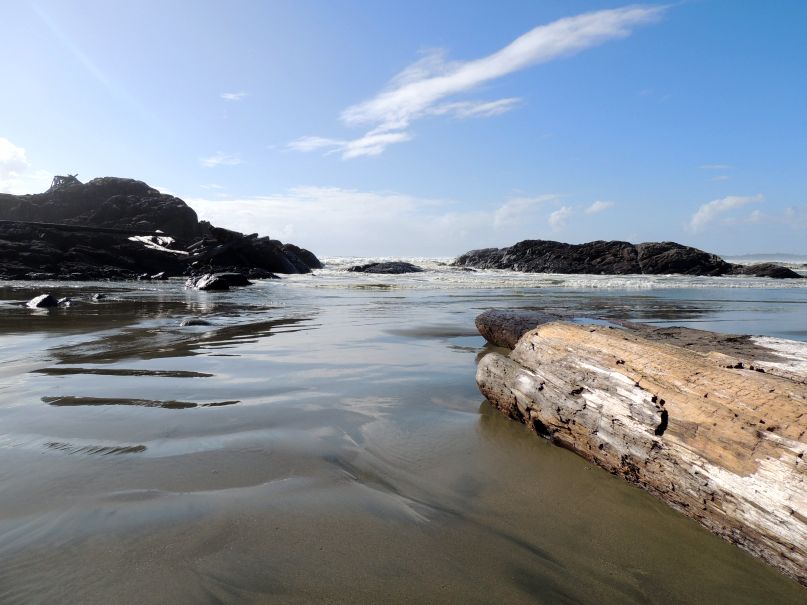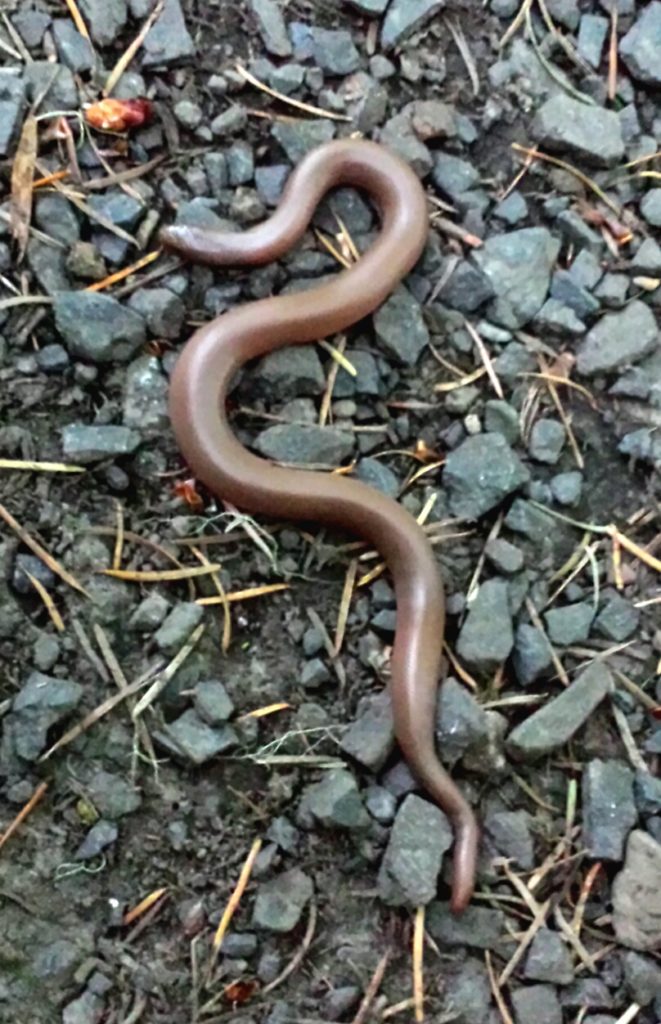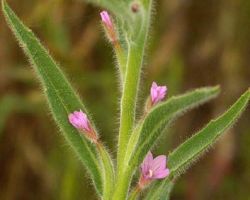Species at Risk | Legal Protection
Different ranking systems are used to classify species at risk at the international, national, or provincial level. Legislation that protects species at risk is often associated with an advisory committee of qualified scientists (such as COSEWIC in Canada or the CDC in BC).
Committees provide science-based evaluations of species and determine likelihood of extinction while governments interpret the data to create or adjust management plans.
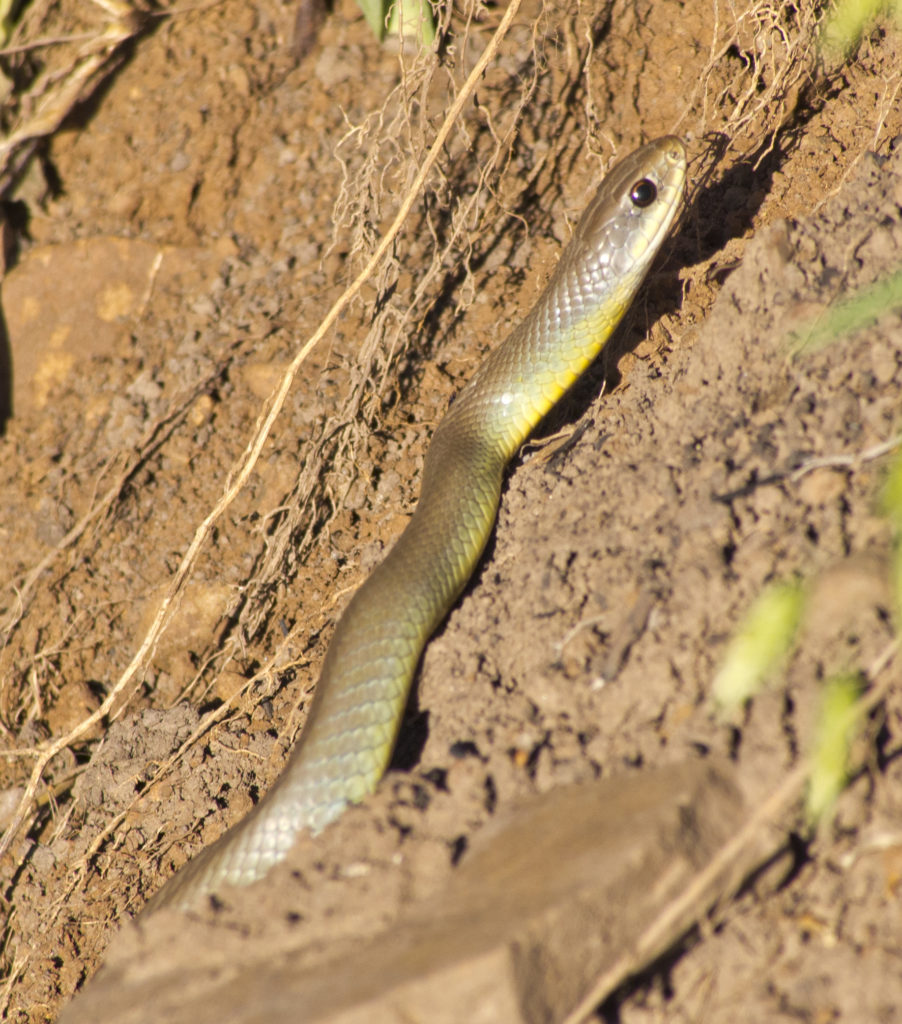
The Western Yellow-bellied Racer is listed as threatened under Schedule 1 of SARA.
- As a signatory of CITES, Canada created the Wild Animal and Plant Protection and Regulation of International and Interprovincial Trade Act.
- Other acts that play a role in the protection of endangered or at-risk species in Canada include The Fisheries Act (1985), and the Migratory Birds Convention Act (1994).
- The federal Species at Risk Act (2002), is the primary piece of legislation that offers legal protection for populations at risk in Canada. The sections below will take you through the history of how this Act came to be, The Listing Process, the associated Prohibitions, and some of the Jurisdictional Responsibilities.
Why a Species at Risk Act?
Purpose and Approach
The Listing Process
Prohibitions
Jurisdictional Responsibilities
-
- The Species at Risk Act directly confers some provincial responsibilities (see Jurisdictional Responsibilities).
- The Wildlife Act protects most endangered or threatened vertebrates, except for fish. It is overseen by the Minister of the Environment, who is also responsible for some provisions under the Forest Ranges and Practices Act, which defines special wildlife designations. The Identified Wildlife Management Strategy is an initiative that offers protection for some species at risk in the province.
- Legislation for an Endangered Species law in BC was enacted in 2017, and the law is currently being written (more on that can be found here). Visit the BC government’s website for more information on legislation that deals with endangered species in BC.
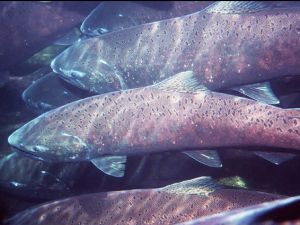
The Okanagan population of Chinook Salmon is listed as endangered under SARA.
Photo: Ernest Keeley.Ranking System in BC
- The Conservation Data Centre (CDC) (created in 1991) maintains a current list of species and ecosystems in the province, giving each a conservation status ranking. They provide maps of known locations of endangered species.
- The CDC uses the US Nature Conservancy ranking system, which includes an international and local designation. These ranks then determine which species are included in BC’s list system.
- Species are Red-listed when they have a designation of ‘threatened’ or ‘endangered’ provincially. Species are Blue-listed when they are vulnerable or ‘at risk.’
-
- Canada is a member of the UN Convention on Biological Diversity, which lists conservation of biological diversity as one of its main objectives. Member states commit to “[p]romote the protection of ecosystems, natural habitats, and the maintenance of viable populations of species in natural surroundings” (Article 8, (d)).
- The International Union for the Conservation of Nature (IUCN) maintains the most comprehensive global list of species at risk: The IUCN Red List of Threatened Species (http://www.iucnredlist.org/). A species’ designation on the Red List does not provide any legal protection – that protection must be determined by individual governments.
- The Convention on International Trade in Endangered Species of Wild Fauna and Flora (CITES) was formed in the 1960s. CITES monitors and controls the international trade of species at risk with a focus on illegal hunters and poachers.
References
5. Decima Research. (1999). Canada’s Plan for Protecting Species at Risk. Environment Canada. Available at http://publications.gc.ca/collections/Collection/En21-203-1999E.pdf.
6. Pollara Polsters. (2001).
7. Harshaw, H.W. (2008). British Columbia Species at Risk Public Opinion Survey 2008: Final technical report. Vancouver, BC: University of British Columbia Collaborative for Advanced Landscape Planning. Available at http://www.sccp.ca/sites/default/files/species-habitat/documents/BC-SaR-POS_Final-Technical-Report_08-06-24.pdf.
8. Pojar, J. (2010). A New Climate for Conservation: Nature, Carbon and Climate Change. West Coast Environmental Law. Vancouver, BC. Available at https://www.wcel.org/publication/new-climate-conservation-nature-carbon-and-climate-change-british-columbia-full-report

